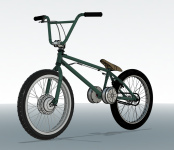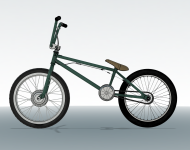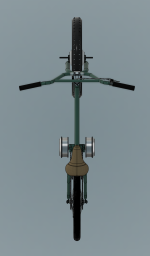ElijahTheConqueror
100 µW
Hi Everyone,
First time poster so forgive anything unconventional. Also feel free to link threads that can answer these questions.
I’m build an e-bike. 2 mid drive motors running parallel chains to the rear wheel, each will have a freewheel to account for if they l are not running in sync, however will be identical motors (36v 250w hoverboard motors) and one front hub motor (also 36v 250w). Each motor will have its own controller (identical for mid drives) and here’s where my question arises.
Should I run 3 seperate 36v batteries to each accordingly?
Should I run 3 in series and split them accordingly?
(will this divert the power evenly across them and draw it evenly from the batteries?)
Also side question, can I run a throttle rated for 36v seeming as it is only sending feedback to the controllers and not actually drawing 36v through it?
Happy to answer any and all questions and will post the build at completion.
First time poster so forgive anything unconventional. Also feel free to link threads that can answer these questions.
I’m build an e-bike. 2 mid drive motors running parallel chains to the rear wheel, each will have a freewheel to account for if they l are not running in sync, however will be identical motors (36v 250w hoverboard motors) and one front hub motor (also 36v 250w). Each motor will have its own controller (identical for mid drives) and here’s where my question arises.
Should I run 3 seperate 36v batteries to each accordingly?
Should I run 3 in series and split them accordingly?
(will this divert the power evenly across them and draw it evenly from the batteries?)
Also side question, can I run a throttle rated for 36v seeming as it is only sending feedback to the controllers and not actually drawing 36v through it?
Happy to answer any and all questions and will post the build at completion.




